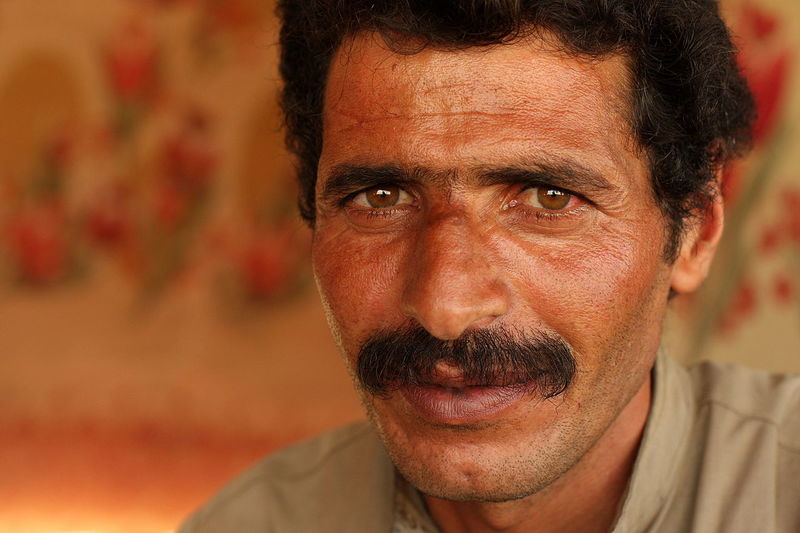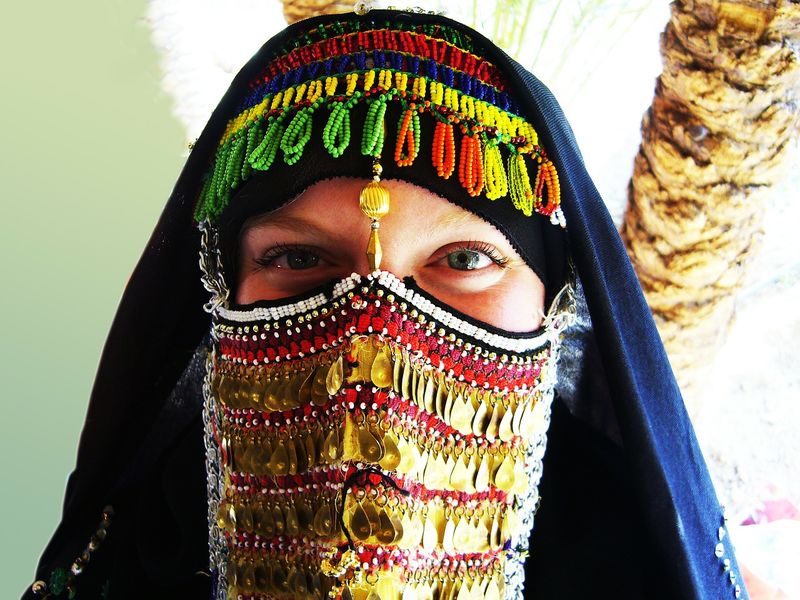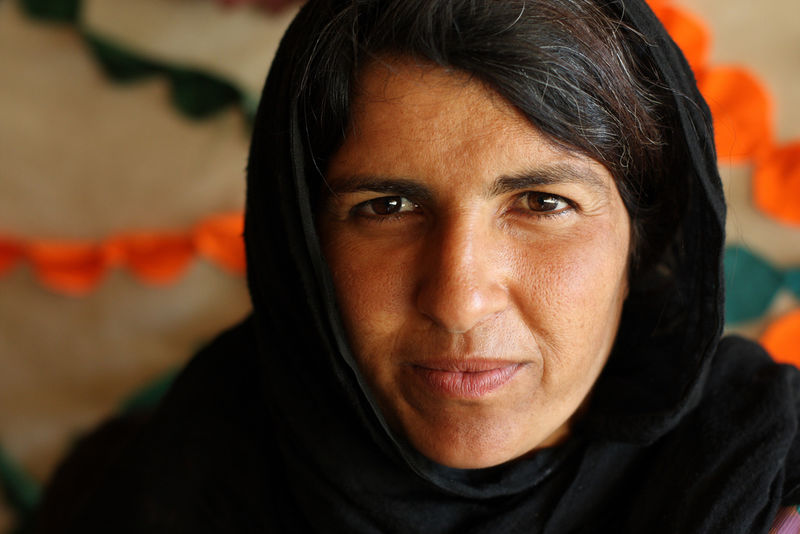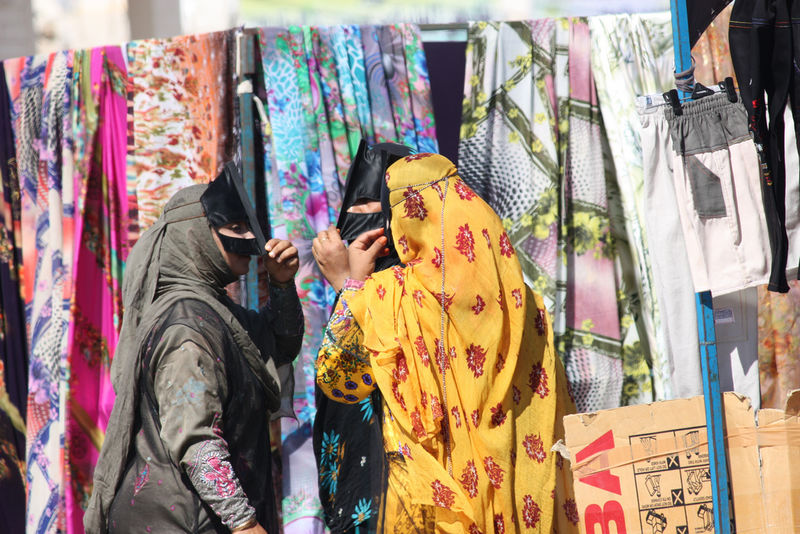Bedouin Wedding Traditions
Bedouin weddings begin with a traditional proposal where the groom's father requests the bride's hand over coffee, followed by negotiations for a dowry that often includes jewelry and animals. The celebrations include henna tattoos for the bride and vibrant music and dance during the reception. The wedding concludes with the bride riding a camel to her new home, symbolizing her move into married life, highlighted by a return visit to her parents showcasing her well-being.
Bedouin Wedding Traditions
Bedouins live in parts of north and northeast Africa and Middle East. The word "bedouin" comes from the Arab word "badawi" which means a nomad. There are more than 21 millions of Bedouins. Almost all Bedouins are Muslims. There is a Christian Bedouin community in Jordan. They belong to the Akasheh and Hejazeen tribes.
Bedouin wedding traditions often vary from community to community. For Bedouins the wedding represents a newly created union of both two persons and two families. The local wedding lasts for two or even more days. The most popular time for wedding is the 14th or the 15th day of the lunar month, everything according to the Muslim calendar.

Most Bedouin women marry their cousin. The first in the line of events leading to the wedding is the "al khouta" or "proposal". The groom's father joined by some cousins and friends visits the bride's father. He is offered coffee. But he does not drink it until the bride's father says "yes" to the proposal.
In the "al akhd" which follows then two families negotiate so called marriage agreement. The groom has to pay bride's father a dowry. He uses part of this money to buy a traditional Bedouin jewellery for the bride. Sometimes the dowry includes animals like camels.
The cloth for the wedding dress is provided by the female members of the groom's family. In Egypt, for example, it is a green or red silk cloth. The groom's mother who usually makes the wedding dress.

Bride's friends apply henna tattoos on her hands and feet. This is known as the "laylat al henna". After that the bride's friends ask the groom to pay some fee for the decoration of his bride. Everything is off course filled with lot humour. This tradition is called "al aadaa".
A traditional kohl eyeliner is applied. Little bit of saffron is put on the bride's neck, cheeks and ears. Some herbs are put in her hair. She has a special hairstyle known as the "achfah".
Bride's face can not be seen at the wedding ceremony. That is why there is the "arga" cover on her face.

The groom and the procession following him arrive to the bride's house. As in every joyous event there is lot of traditional music. Musicians usually play "rababa" (sort of a violin) and "dalouka" (drums). Men with swords and whips in their hands perform "al ardha" dance.
There is sort of an exhibition of "zaahbaah". It includes the bride's clothes, numerous things brought by the groom as presents to the bride etc.
The wedding reception is usually held under a tent. Each guest traditionally brings some present or "nuquot". One can bring food, household appliances etc. Some money will do too.

The wedding ends with the "tarwaah". The bride leaves her old home. From now on she will live in the groom's home. She is travelling there on a camel. She sits on a special saddle called "houdach".
The bride returns to her parents a week after the wedding. She brings lot of various food. That way she shows that she is happy and financially secured in her new life.
References
Bedouin
http://en.wikipedia.org/wiki/Bedouin
Muslim Bedouin Weddings: a Riot of Color and Music
http://www.zawaj.com/weddingways/bedouin_color.html
Bedouin Christians The Forgotten People
http://www.anthrogenica.com/showthread.php?2354-Bedouin-Christians-The-Forgotten-People
The Bedouins marriage ceremony and preparations
https://ar-ar.facebook.com/media/set/?set=a.113145928773007.27185.109534485800818&type=1
Traditional Bedouin Weddings
http://www.lsg.sch.ae/departments/history/local_history_web/Women/Traditional%20Bedouin%20WeddingTEXTBOX.htm
Image(s)
Wikimedia Commons: File:Bedouin camp with Birthright tourists 2.JPG
Bedouin woman (photo by stux, pixbay)
http://pixabay.com/en/bedouin-woman-veiled-veil-174415/
Bedouin man (photo by yeowatzup)
http://commons.wikimedia.org/wiki/File:Bedouin,_Syrian_Desert_%285079930217%29.jpg
Bedouin women (photo by Arian Zwegers, flickr)
https://www.flickr.com/photos/azwegers/6896923505/in/photolist-bvsx5e-pu6U82-8JTZ2Z-w4zn6-MakrP-pNYKC5-Makm8-pLixx8-MakmV-fPg2z-8JTVUc-pu3GVF-eLcpt8-6mXMqD-o8Staf-7mQZ9-nRtfXt-5qVD6w-MaksR-Makjt-Madzm-rf7q6v-Madtw-rbAp55-qWqSve-8JTYgK-8JTXAt-8JTWZp-8JTVnD-8JPZRz-rfg7pp-qismkM-pmJu1Z-DCnYp-8JWZkY-64wgvi-6LaPXc-64wgvk-adetbU-6LeZt1-qgSpBm-Makk8-Makq2-9weEjB-MadxJ-6TmSgX-Madum-nHj3bA-7MBYfD-8KLF6r
Bedouin woman (photo by yeowatzup, flickr)
https://www.flickr.com/photos/yeowatzup/5079922239/in/photolist-8JTVUc-pu3GVF-eLcpt8-6mXMqD-o8Staf-7mQZ9-nRtfXt-5qVD6w-MaksR-MakmV-Makjt-Madzm-rf7q6v-Madtw-rbAp55-qWqSve-8JTYgK-8JTXAt-8JTWZp-8JTVnD-8JPZRz-rfg7pp-qismkM-pmJu1Z-DCnYp-8JWZkY-64wgvi-6LaPXc-64wgvk-adetbU-6LeZt1-qgSpBm-Makk8-Makq2-9weEjB-MadxJ-6TmSgX-Madum-nHj3bA-7MBYfD-8KLF6r-dfcSDJ-dfcRp9-dfcQgh-dfcNHw-dfcLir-dfcJDn-dfcHSW-dfcGt3-dfcEW9